When we tuck our children into bed, we hope they’re safe, cozy, and ready for a good night’s sleep. However, recent research has revealed a hidden danger that most parents never suspect: the very mattresses our kids sleep on may expose them to harmful chemicals every night.
So, let's talk about something we rarely think about, but that's super important - what's actually in our kids' mattresses? Many parents are shocked when learning about this information, and for good reason.
The Hidden World Under the Sheets
Our kids spend anywhere from 10 to 18 hours a day sleeping, especially when they're babies. That's a LOT of time spent cuddled up against their mattresses. But did you know that many children's mattresses are quietly releasing chemicals into the air your child breathes all night long?
Recent research has found some pretty worrying things about what's happening in our kids' beds while they sleep. Scientists measured the air in children's bedrooms and discovered high levels of chemicals right around where our kids lay their heads. And when they tested brand new mattresses, they found that these mattresses were major sources of these chemicals.
What's Actually in These Mattresses?
Let's break down what researchers found in everyday children's mattresses:
Phthalates: These chemicals are used to make plastics more flexible. The crazy thing? Some phthalates that are actually banned in children's toys are still allowed in mattresses! These chemicals can mess with hormones and have been linked to early puberty, reproductive issues, asthma, and even obesity in kids.
Flame Retardants: While fire safety is important, many mattress companies use chemical flame retardants that can be harmful. Some types have been linked to lower IQ points in children and problems with brain development. One study even found a banned flame retardant in a mattress that had a certification label saying it complied with regulations!
UV Filters: These chemicals are added to keep bright colors from fading. That cute, colorful bedding? It might come with a side of chemicals that your child is breathing in all night.
It Gets Worse When Kids Are Actually Sleeping
Here's something really interesting the researchers discovered - when a mattress gets warm from a child's body heat and has the pressure of their weight on it, it actually releases MORE of these chemicals into the air. Current safety testing doesn't even consider this factor!
Even more troubling, one mattress in the study had a certification label stating that the materials complied with current regulations, yet it contained 1,800 parts per million of pentachlorothiophenol (PCTP), one of five flame retardants banned by the EPA.
And it's not just fancy or budget mattresses - the researchers found these chemicals in mattresses across different price points and materials. You can't just "buy your way out" of this problem by spending more money.
What Can Parents Do About It?
This all sounds concerning, but don't panic! There are some practical measures parents can take:
- Choose safer mattresses: Look for mattresses with certifications like GOTS (Global Organic Textile Standard) or GOLS (Global Organic Latex Standard). These aren't perfect guarantees, but they help reduce the risk.
- Go for neutral colors: Those super bright, colorful sheets and bedding? They're more likely to contain UV filters to prevent fading. Professor Diamond explicitly recommends to go for duller, neutral colors.
- Wash bedding frequently: Sheets and pajamas can actually act as a protective barrier, absorbing some chemicals before they reach your child's skin. The cleaner they are, the more effective this barrier becomes.
- Use cotton barriers: For kids over one year old, try putting a cotton towel between the sheet and mattress as an extra layer of protection. This was a specific recommendation from Dr. Diamond following her research findings.
- Declutter the sleeping area: The research found that some concerning chemicals were more likely to be present in rooms with higher numbers of bedding items and accessories. Limit toys, stuffed animals, and extra bedding items in your child's bed to reduce overall chemical exposure.
- Air out new mattresses: If possible, let a new mattress air out in a well-ventilated area (like a garage or covered porch) for a few weeks before your child uses it.
- Be careful with mattress protectors: These can contain the same concerning chemicals. Look for ones with certifications showing they're free of harmful substances.
Conclusion
While these steps can help, the truth is that the burden shouldn't fall entirely on parents. We need stronger regulations to ensure children's products - especially ones they spend so much time with - are truly safe.
Many of these chemicals don't even need to be in mattresses in the first place. For example, mattresses can meet flammability standards using naturally flame-resistant materials like wool instead of toxic chemicals.
Until regulations catch up, being informed and making thoughtful choices is the best defense. Children deserve to sleep safely, with sweet dreams unburdened by unnecessary chemical exposure. After all, those precious sleeping hours are when their growing bodies do so much important development work.
So, next time you're shopping for a child's bed, remember that what's inside that mattress matters just as much as how comfortable it feels.
Sources:
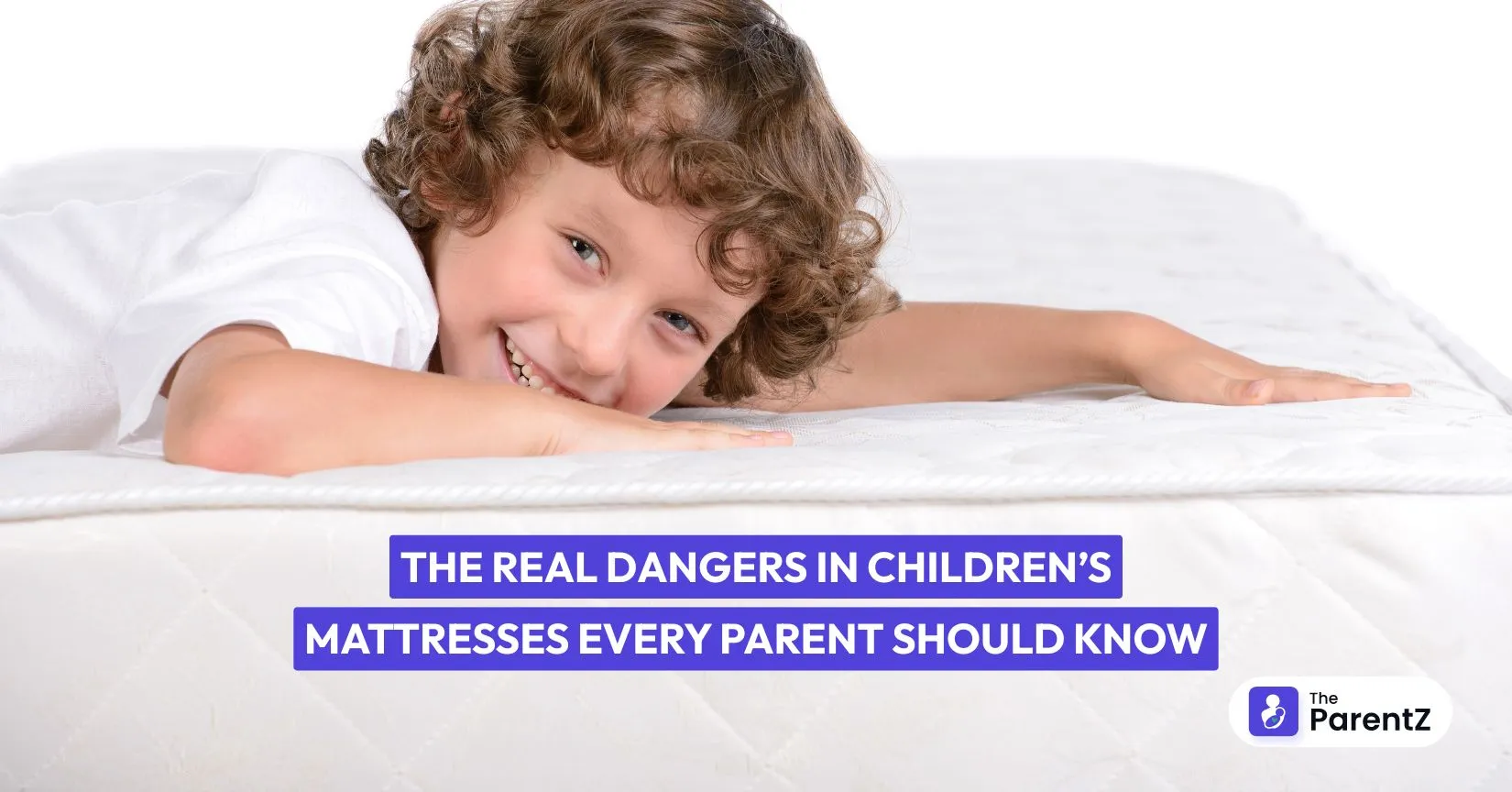

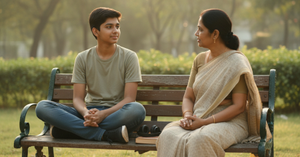
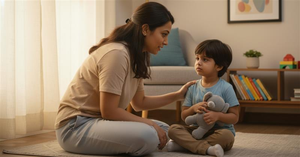


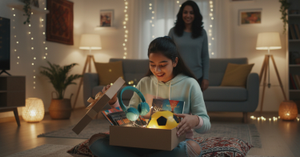
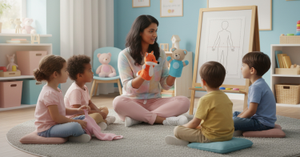
Be the first one to comment on this story.